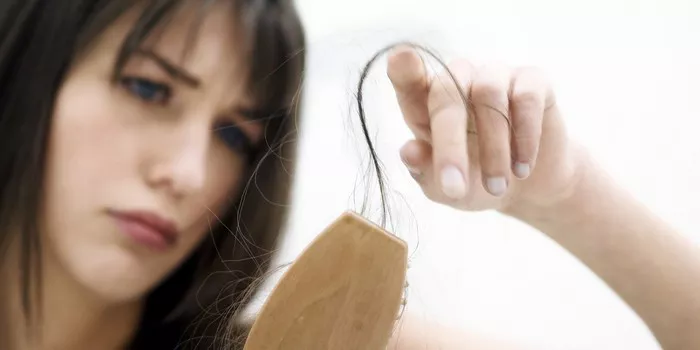Hair loss is a natural part of the hair growth cycle, and it’s normal to shed a certain amount of hair each day. However, determining what constitutes a “normal” amount of hair loss can vary from person to person and depend on various factors such as age, genetics, and overall health. In this article, we delve into the concept of normal hair loss, explore factors that influence shedding, and offer insights into when to be concerned about excessive hair loss.
1. Understanding the Hair Growth Cycle:
Before delving into what constitutes normal hair loss, it’s essential to understand the hair growth cycle. The hair growth cycle consists of three main phases: anagen (growth phase), catagen (transition phase), and telogen (resting phase). During the telogen phase, which typically lasts around 2 to 3 months, hair sheds naturally as new hair begins to grow in its place. It’s normal for individuals to shed between 50 to 100 hairs per day during this phase.
2. Factors Influencing Hair Shedding:
Several factors can influence the amount of hair shedding experienced by an individual:
Age: As we age, the rate of hair growth tends to slow down, and hair follicles may become less active, leading to increased shedding.
Genetics: Family history plays a significant role in determining hair loss patterns. Individuals with a family history of hair loss may be more prone to shedding hair at a faster rate.
Hormonal Changes: Hormonal fluctuations, such as those experienced during pregnancy, childbirth, menopause, or thyroid disorders, can influence hair growth and shedding.
Health Conditions: Certain medical conditions, such as alopecia areata, scalp infections, and autoimmune disorders, can contribute to excessive hair loss.
Stress: Chronic stress can disrupt the normal hair growth cycle and lead to increased shedding. Telogen effluvium, a condition characterized by sudden and excessive hair shedding, is often triggered by significant stressors such as surgery, illness, or emotional trauma.
3. Assessing Normal Hair Loss:
While it’s normal to shed a certain amount of hair each day, there are several ways to assess whether your hair loss is within the normal range:
Pay attention to the amount of hair you see on your pillow, in the shower drain, or on your hairbrush. A few strands of hair are typically nothing to worry about, but if you notice clumps of hair or a significant increase in shedding, it may be cause for concern.
Examine the density of your hair over time. If you notice a gradual thinning of your hair or widening of your part, it could be a sign of excessive hair loss.
Consider factors such as age, genetics, and overall health when evaluating your hair loss. What may be considered normal for one person may not be the same for another.
4. When to Seek Professional Help:
While some amount of hair loss is normal, certain signs may indicate a more serious underlying issue that requires professional attention:
Sudden or excessive hair shedding, especially if accompanied by other symptoms such as itching, redness, or scalp tenderness.
Noticeable thinning or bald patches on the scalp.
Hair loss that persists or worsens over time, despite efforts to address underlying causes such as stress or dietary deficiencies.
If you’re concerned about your hair loss or experiencing any of the above symptoms, it’s essential to consult with a dermatologist or healthcare professional for a comprehensive evaluation and personalized treatment plan.
Conclusion:
Determining what constitutes a normal amount of hair loss can be subjective and influenced by various factors. While shedding between 50 to 100 hairs per day is considered normal for most individuals, it’s essential to consider factors such as age, genetics, and overall health when assessing hair loss. Pay attention to changes in shedding patterns, and consult with a healthcare professional if you’re concerned about excessive hair loss or noticing other symptoms such as thinning or bald patches. With proper evaluation and management, you can address hair loss and maintain healthy hair growth.
Does Alopecia Areata Go Away On Its Own

